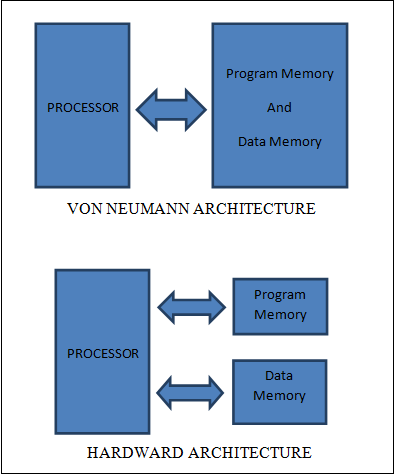Complex Instruction Set Computer Pdf

This article includes a, but its sources remain unclear because it has insufficient. Please help to this article by more precise citations. (January 2012) () Complex instruction set computing ( CISC ) is a, where single can execute several low-level operations (such as a load from, an, and a ) or are capable of multi-step operations or within single instructions. The term was retroactively coined in contrast to (RISC) and has therefore become something of an for everything that is not RISC, from large and complex to simplistic microcontrollers where memory load and store operations are not separated from arithmetic instructions. A modern RISC processor can therefore be much more complex than, say, a modern microcontroller using a CISC-labeled instruction set, especially in terms of electronic circuit complexity, but also in terms of the number of instructions or the complexity of their encoding patterns. The only typical differentiating characteristic is that most RISC designs use uniform instruction length for almost all instructions, and employ strictly separate load/store-instructions. Wanted, Scene 7 here.
Examples of instruction set architectures that have been retroactively labeled CISC are through, the and architectures, and many others. Well known microprocessors and microcontrollers that have also been labeled CISC in many academic publications include the, and -families; the Intel, and -family; the Zilog, and -families; the National Semiconductor and -line; the MOS Technology -family; the Intel -family; and others. Some designs have been regarded as borderline cases by some writers. For instance, the Microchip Technology has been labeled RISC in some circles and CISC in others. The and have both been described as 'RISC-like', although they have complex addressing modes as well as arithmetic instructions that operate on memory, contrary to the RISC-principles. This section does not any.
Unsourced material may be challenged and. (November 2017) () Incitements and benefits [ ] Before the philosophy became prominent, many tried to bridge the so-called, i.e. To design instruction sets that directly supported high-level programming constructs such as procedure calls, loop control, and complex, allowing data structure and array accesses to be combined into single instructions. Instructions are also typically highly encoded in order to further enhance the code density. The compact nature of such instruction sets results in smaller sizes and fewer (slow) main memory accesses, which at the time (early 1960s and onwards) resulted in a tremendous savings on the cost of computer memory and disc storage, as well as faster execution. It also meant good even in, as such as or were not always available or appropriate (microprocessors in this category are sometimes still programmed in assembly language for certain types of critical applications [ ]). New instructions [ ] In the 1970s, analysis of high level languages indicated some complex machine language implementations and it was determined that new instructions could improve performance.